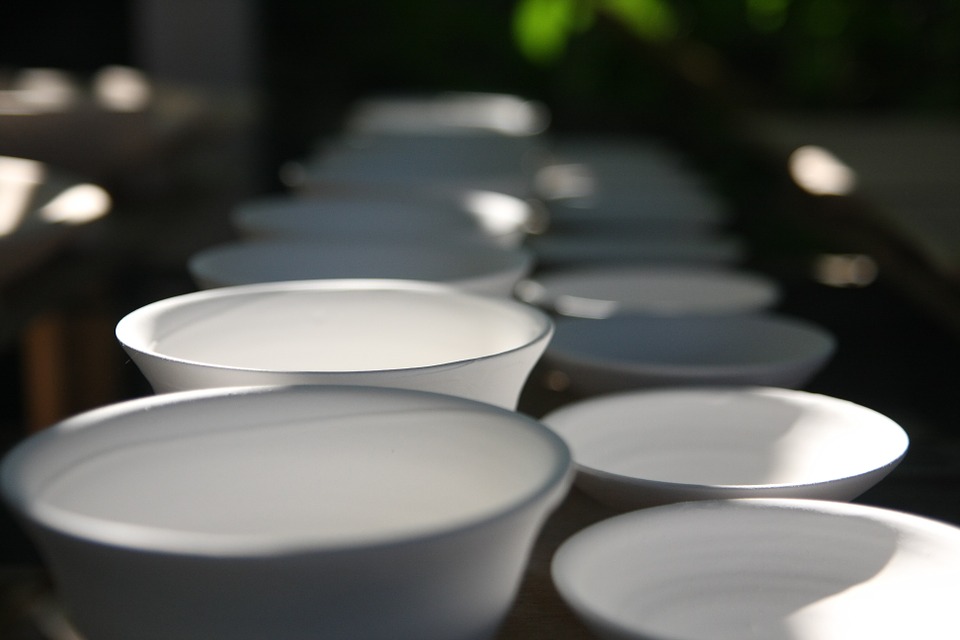If you’re going to be ordering dishes for your dining establishment or catering business, you’ll obviously need to think long and hard about which material those dishes should be made from. There are a whole host of choices, from something rare like Bamboo to something incredibly durable, like enamel.

However, many people are attracted to porcelain or bone china, and yet few people actually know the differences between them. Luckily enough, you can learn everything you need to know simply by reading through this article.
How Does Bone China Differ from Porcelain?
The most confusing thing about the difference between china and porcelain is that both words more or less describe the same product. Both use porcelain – the term ‘china’ is simply derived from the material’s country of origin. You’ll usually find that people in Europe prefer to talk about porcelain and people in the United States prefer to talk about china.
However, there is still a difference. Bone china is made in the same fashion as porcelain, but with one added ingredient: bone ash. It’s a white powdery substance that comes from incinerated animal bone, and it adds translucency. That milky white colour that defines bone china is down to the bone ash. A good way to check whether a dish is bone china is by holding it up to the light and seeing if you can see your hand through it. If not, it’s likely to be porcelain.
It might sound strange, but bone ash makes dishes stronger by making them softer. You see, adding bone ash makes porcelain less brittle, so dishes of bone china are less likely to break than those of pure porcelain. Bone china can therefore be made thinner; combined with its translucency, that thinness provides a more elegant appearance, which is why bone china is synonymous with luxury all around the world.
So, bone china is more luxurious than porcelain thanks to its lightness and appearance, but that doesn’t necessarily make it the de facto choice. Bone china is far more expensive than porcelain, so make sure you only buy it if you really feel you need that extra dash of refinement.
